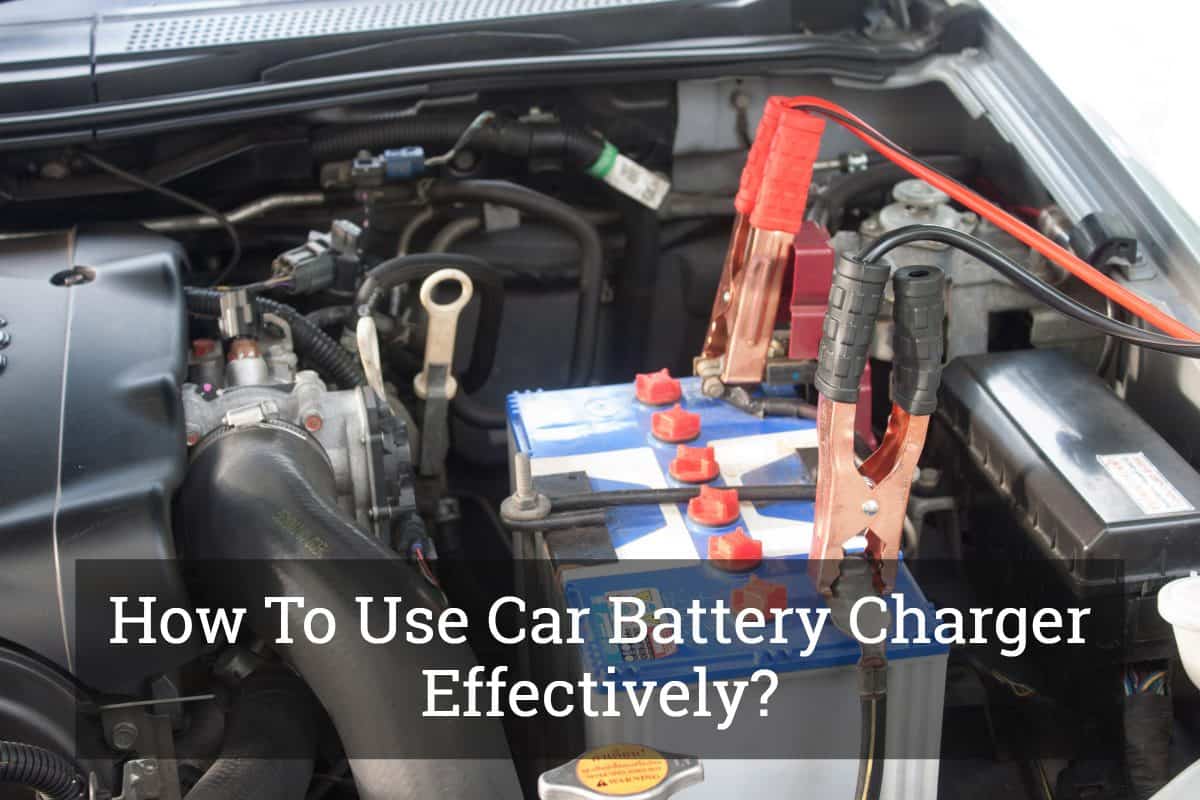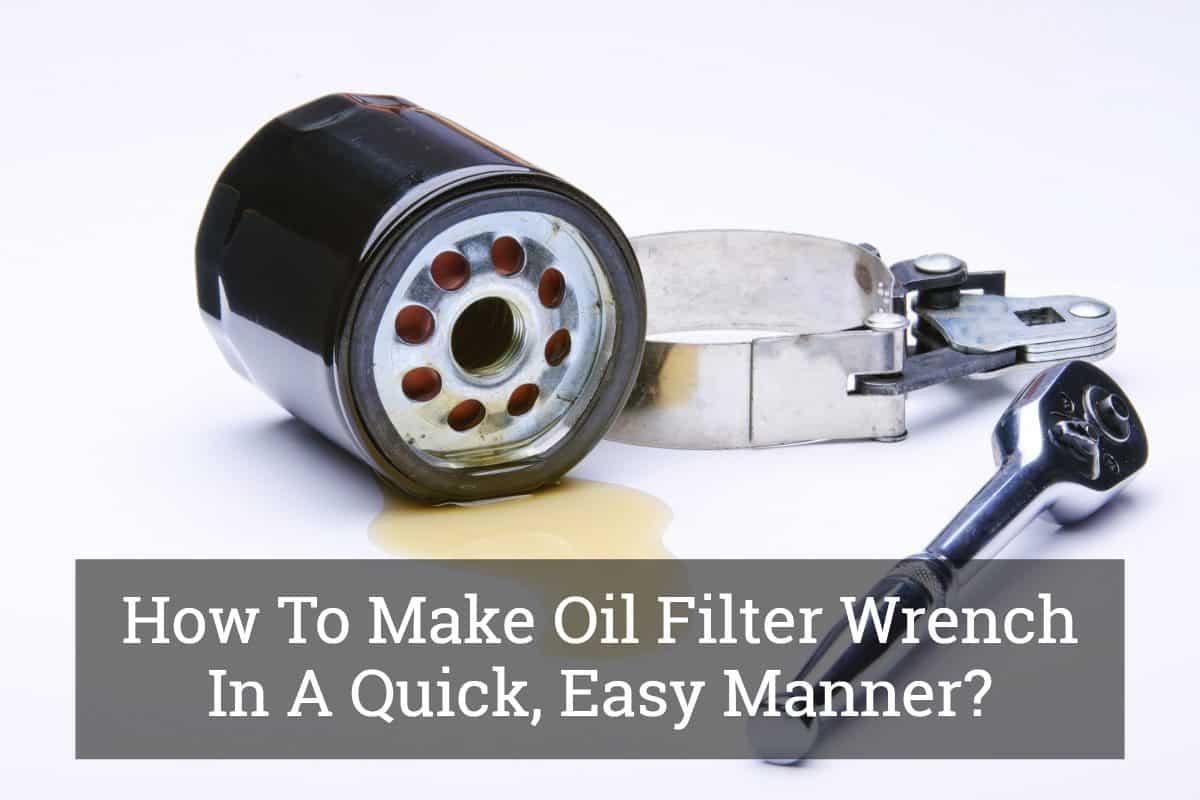Searching for the best fifth-wheel hitch may be a challenge if you don’t know what you’re looking for. You have to understand first what it is, what it does, and what to look for in a good product. You also have to learn about some of its types so you can align it to your needs and preferences. In this article, we will be discussing all you have to know about the fifth wheel hitches.
If you are having a rough time deciding which one to buy, we are here for you. After you read this article, we’ll be providing you with valuable information so you can make a more relevant decision. We will be featuring the top five choices for the best fifth-wheel hitch available in the market right now. With our recommendations, you will be able to narrow down your choices.
What is a Fifth Wheel Hitch?
Before we proceed with the discussions, let’s talk about what a fifth-wheel hitch is and what its benefits are. A fifth-wheel hitch is a device supporting the weight of a semi-trailer while being transported by a pickup truck. It’s very important to have the hitch properly installed. It’s because the heaviness of the trailer will press down between the rear axle and the cab of the truck.
It’s vital that you know the overall weight of your trailer first. That would include all your furniture and gear inside the trailer. Buying a hitch that will not support the weight of your trailer is not only useless but also very dangerous. Your decision to purchase the best fifth-wheel hitch should be based on this. Lastly, the fifth-wheel hitch serves as the connection between your trailer and your truck.
There are lots of benefits a fifth-wheel hitch can provide, and we will discuss some of them here. It will offer you a significant way to support any type of trailer. It is also very convenient since you can detach the hitch anytime you want. You can also use it if you wish to utilize your trailer for other purposes.
Your trailer will be kept safe from damage if you purchase the best hitch available. If you have the best, it is guaranteed that the hitch will come with fewer weight limitations. This will ultimately work to your advantage as you can carry a lot more for a longer period of time.
Types of Fifth-Wheel Hitch
In this section, we will be discussing some of the most popular types of fifth-wheel hitches. You have to take this into consideration, as you need to know which one you need before making the purchase.
AD
- 2-way Pivot Head: It is a regular fifth-wheel hitch that works in two ways. It permits the truck to drive against an incline prior to the trailer reaching a grade change.
- 4-way Pivot Head: It is a fifth-wheel hitch that allows you to pivot side to side. This type of hitch will make traveling easier, even on uneven surfaces.
- Gooseneck Hitch: It is a hitch that provides you the ability to haul gooseneck trailers. You can install this to the truck’s frame by using the existing setup, which you can also remove later.
- Fifth Wheel Hitch with Universal Rails: As the name suggests, it can be installed on any trailer. This is very easy to install, as you won’t have to drill holes into the truck’s frame.
- Fifth Wheel Hitch with Custom Rails: This hitch comes with a personalized set of rails. Also, as the name suggests, it is highly customizable and already has existing drilled holes.
- Single Jaw: This type offers one grab jaw that you can easily connect to the fifth wheel hitch by using rails.
- Double Jaw: The double-jaw hitch can also double the power it can offer. It has also been proven that it can help you with your hitch needs because of its powerfully designed mechanism.
Essential Factors to Consider in Choosing the Best Fifth Wheel Hitch
Before we conclude, we are going to discuss the essential factors you have to consider in choosing the best. You have to be informed of what makes a good fifth-wheel hitch. With this list, you will be able to make a better decision in buying the best fifth-wheel hitch.
- Installation: You have to make sure that your trailer and your truck match, as it will allow easier installation. There are units that you can easily install without any help from others. In addition, look for products that come with a kit, so you won’t have to worry about buying individual parts.
- Exterior: Most fifth-wheel hitches are made of fiberglass that ensures glossy shine and color. You also have to make sure that it can carry the required weight of your trailer.
- Ease of Use: You have to choose one that will be very convenient to use. Most units provide you ease of use, as you can connect and disconnect it according to your needs.
- Price: Expensive ones may or may not guarantee that the product is high quality. You have to correlate their features to their prices so you can evaluate your options better.
- Weight Capacity: It is very dangerous to drive a trailer supported by an incorrect hitch. You have to ensure that your hitch can accommodate the overall weight of your trailer.
Top Five Choices for the Best Fifth Wheel Hitch
| Product (Amazon Links) | Weight Rating | |
|---|---|---|
 |
20,000 lbs | Review |
 |
25,000 lbs | Review |
 B&W Trailer Hitches RVK3400 Companion Slider 5th Wheel Hitch |
20,000 lbs | Review |
 |
15,000 lbs | Review |
 |
20,000 lbs | Review |
After learning what a fifth-wheel hitch is, we can now move on to the most exciting part of the article. We are now going to discuss the top five recommendations for the best fifth wheel available in the market. This is the most critical part, as your decision will come from the list presented below. Just make sure you review their features, pros and cons, so you will have a more informed decision.
1. CURT 16130 Q20 Fifth Wheel Hitch
AD
The Curt Fifth Wheel Hitch is strategically engineered to tow your trailer as noiselessly as possible. It is designed with a spherical axial bearing and has a one of a kind pivoting mechanism. This permits the hitch head and coupling point to lean into the required direction, thus allowing a smoother ride. In addition, to provide continuous lubrication, the hitch head includes three-grease fittings.
A great feature of this product is that the rubber stoppers are thick enough to act as a cushion as it moves. The Curt Q20 can accommodate 20,000 pounds of weight and is compatible with various mounting options. Another thing to note about this product is that it’s short-throw, lockable and its operation is single-handle. Lastly, the jaws provide 360 degrees contact to prevent noise.
Pros:
- Can carry weight up to 20,000 pounds
- Single-handle operation and is lockable
- Tows your vehicle quietly
- Hitch head has three grease fittings for continuous lubrication
Cons:
- Some users commented about the safety while using this hitch
- May be difficult to install according to some reviews
2. CURT 16180 A25 5th Wheel Hitch, 25,000 lbs, Black
AD
The Pro-Series 30056 Fifth Wheel Hitch has a four-way pivoting head with a 5-degree tilted side for easy hook-up. It also features a rounded slide bar jaw mechanism, which is designed for automatic latching. Not only that, the product already comes with a mounting kit for convenience. The Pro-Series Hitch is very easy to install and has a three-year limited warranty.
This product has very similar features with its competitors. While it is very easy to install, it’s also very easy to unhook. It can accommodate the weight of 15,000 pounds and item weight is only 75.5 pounds. Another benefit of this product is that the slide bars are designed with strength and its rails are made of standard quality.
Pros:
- Features 4-way pivoting head for easy attaching
- Has a rounded slide bar jaw mechanism for automatic self-latching
- Comes with a mounting kit
- Can carry weight up to 15,000 pounds
Cons:
- Slide bars can make noise compared to the jaws
- Average quality
3. B&W Trailer Hitches RVK3400 Companion Slider 5th Wheel Hitch
AD
The B&W RVK3400 Fifth Wheel Hitch is a general mount for the center of your pickup truck. This feature is made by the company in order to accommodate almost everybody’s needs. Not only that, the fifth wheel hitch can carry weight up to 20,000 pounds and item weight is 207 pounds. What’s unique about this hitch is that the mounting system is under-bed.
Once you meet the weight requirements, the hitch’s slider will permit you to maneuver even in narrow spaces. Having this means you have one fewer thing to worry about. For a fifth wheel hitch, it’s guaranteed that you’ll never regret buying it. If you want the best one, this might be your choice.
Pros:
- Can accommodate weight up to 20,000 pounds
- Features under-bed mounting system
- Slider will allow you to maneuver in tight spaces
Cons:
- May take up space if you are to install it in a truck bed
4. Reese 30128 Pro Series 15K Fifth Wheel Hitch
AD
The Reese 30128 Fifth Wheel Hitch is designed to haul trailers with the use of a long bed pickup truck. It is rated to carry weight up to 15,000 pounds, along with 3,750 of tongue weight. Like the other models, it has a 4-way pivoting head system that allows easy attaching even on uneven surfaces. Not only that, the height of the head can be adjusted from 13 inches to 17 inches.
One great feature of this product is that it comes in a complete kit. By that way, you will not have to worry anymore about buying separate parts. To add, the kit also includes a 30035 10-bolt mounting kit. This product is highly recommended for very simple and easy setup and you can also use it for long drives. Lastly, it is guaranteed that this hitch is a great.
Pros:
- Can accommodate weight up to 15,000 pounds
- Features a four-way pivoting head mechanism
- Comes in a kit with complete parts
Cons:
- Can be tricky to use
- Some users had issues regarding dents upon delivery of their purchase
5. Andersen Hitches 3200 | Ultimate 5th Wheel Connection | Rail Version | 5th Wheel Hitch | Weighs Only 40 Pounds!
AD
The Anderson 3200 Fifth Wheel Hitch guarantees the fastest installation time and it only requires one person. It only weights 40 pounds but can accommodate weight up to 20,000 pounds with 4500-tongue weight. It can provide you a smoother drive as it can swivel in every direction that any hitch out there. To add, it also features a ball-funnel that allows easy hookup and removal.
A benefit of having this type of hitch is that it allows you to connect and disconnect your trailer with ease. It is also suited for Andersen’s remote release cable assembly. It also can be installed to short, standard and long bed trucks without requiring any additional parts or adapters. Another great feature of this product is that it also guarantees you a smoother and noiseless drive.
Pros:
- Easy to install and requires only one person to do the job
- Can carry weight up to 20,000 pounds
- Offers more swivel in almost every direction
- Easy to connect and disconnect
Cons:
- Some users had issues with the pin box hitting the sides of the bed.
Conclusion
We discussed the things you have to know about the fifth wheel hitch. We hope we helped you make your decision. It may seem tricky at first, especially if you have no idea what you’re looking for. To get the best fifth-wheel hitch, you have to review the discussions above. It will be of great help to narrow down your choices for easier decision-making. The best way to do this is to check with your manufacturer first before buying one.

























